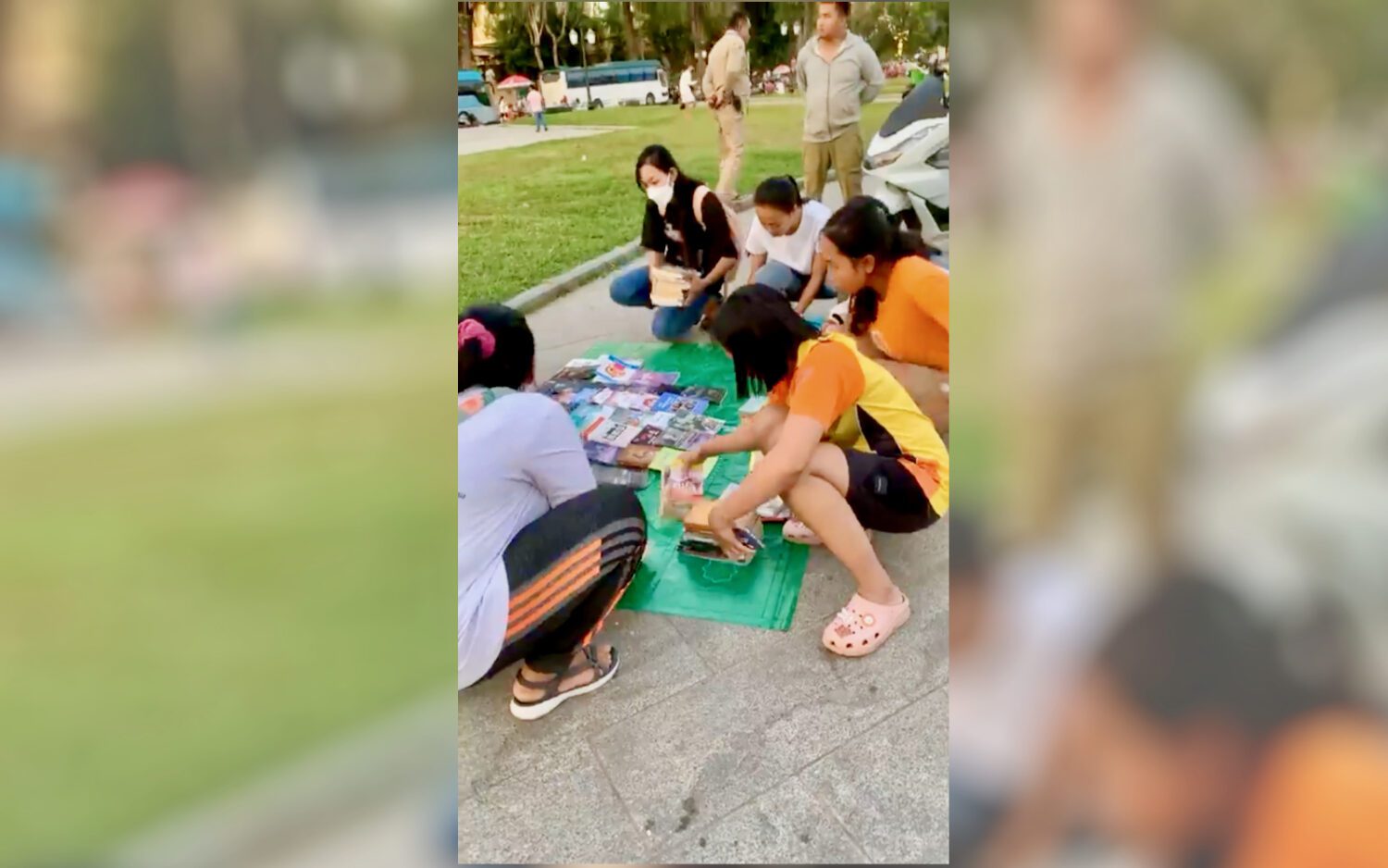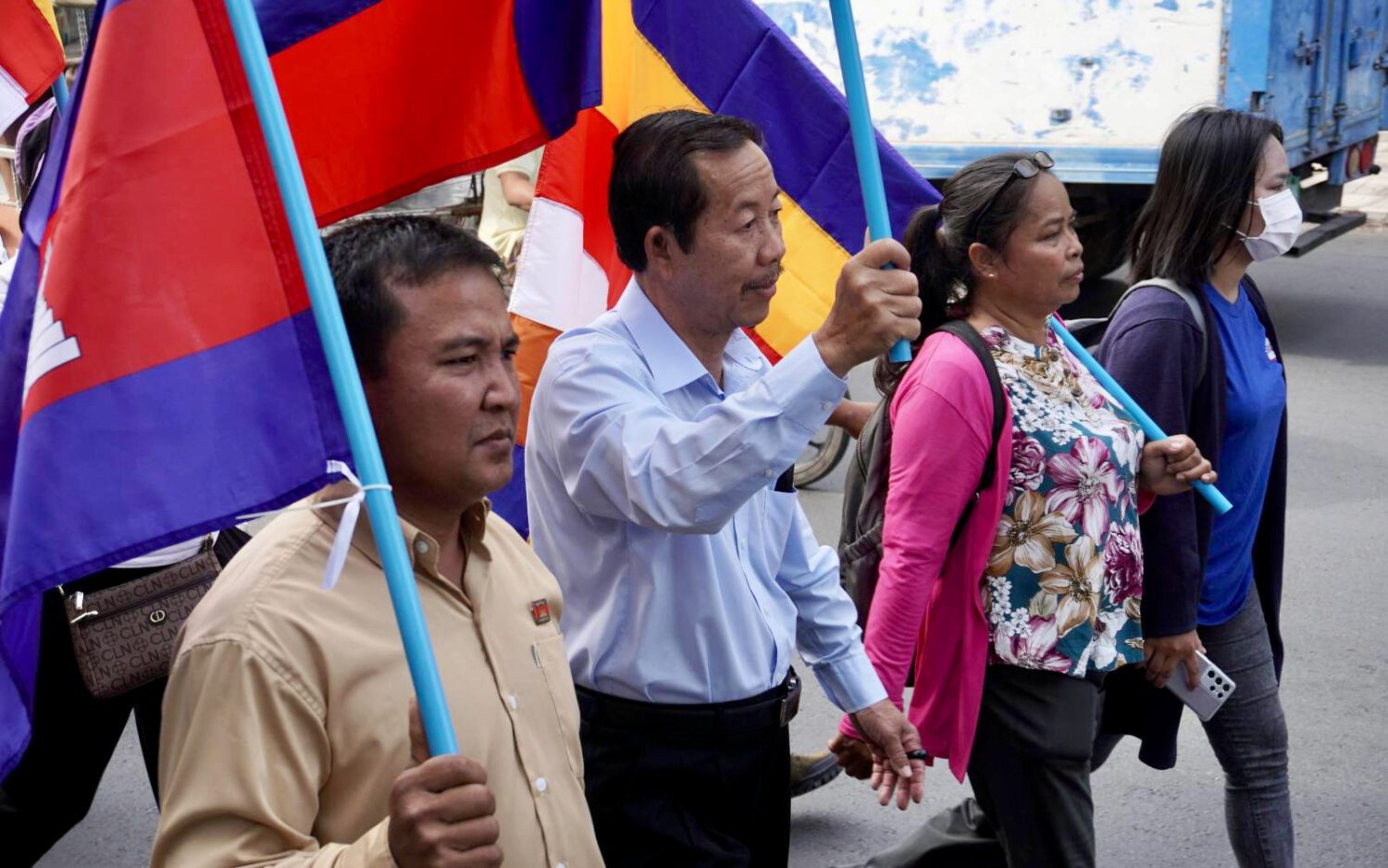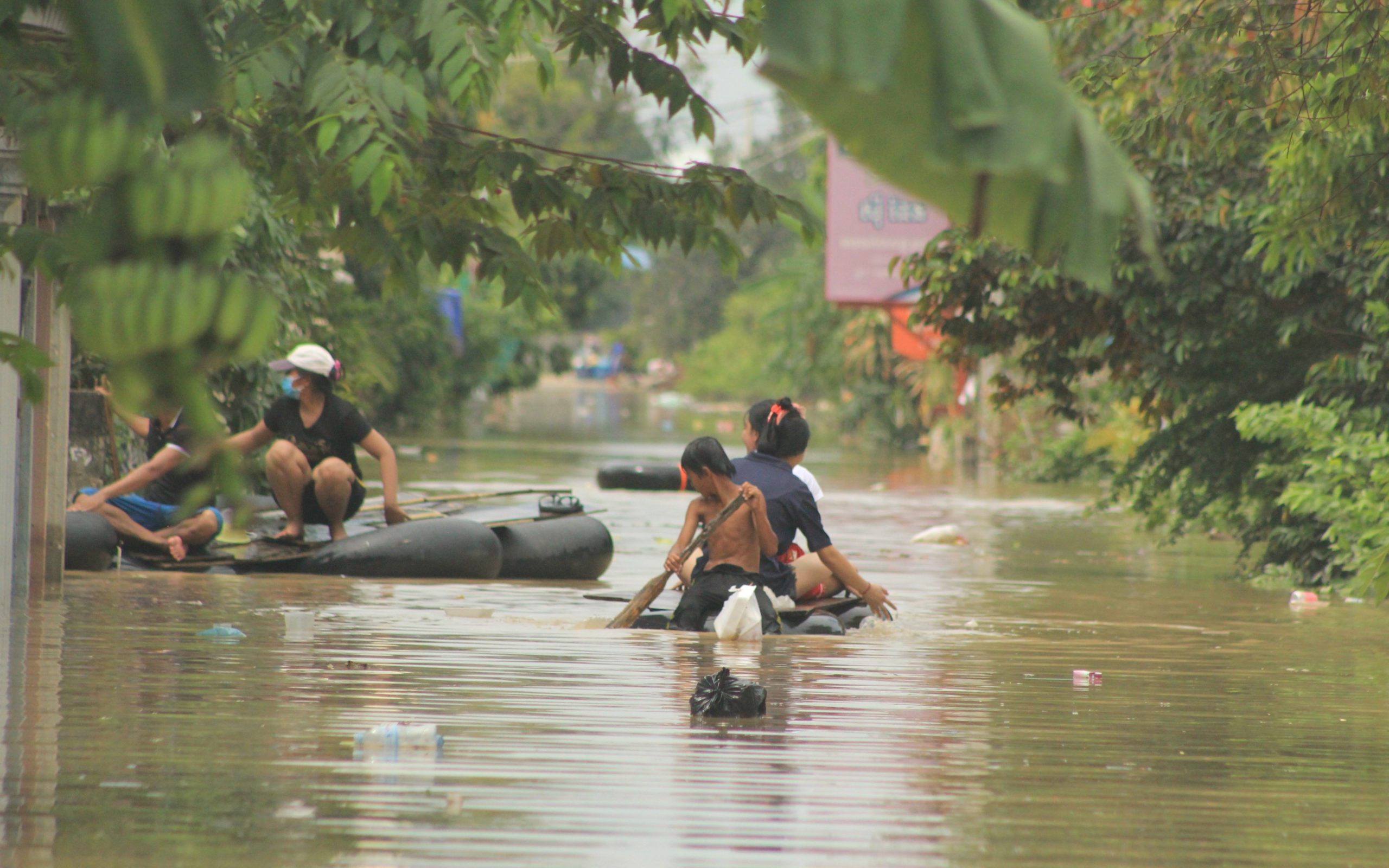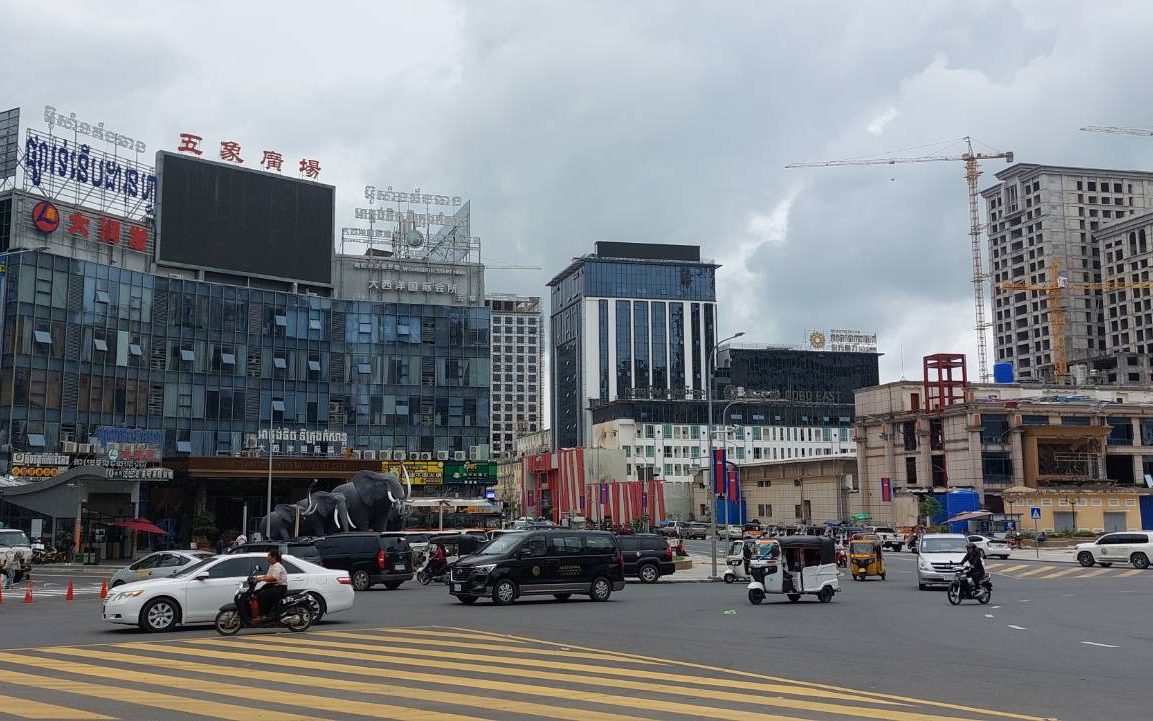Polen Ly’s short film “Further and Further Away,” which was filmed in Cambodia in the Bunong language, premiered at the Berlin International Film Festival earlier this year. It has collected several international accolades, including best actress at the Singapore International Film Festival, and best short film at the Palm Springs International Festival, qualifying it for an Academy Award. It will be screened for the first time in Cambodia on Friday.
The film is a meditative piece, using stunning cinematography to show audiences a snapshot of the lives of Bunong siblings (played by Bopha Oul and Phanny Loem) forced to leave their traditional village due to the construction of a hydroelectric dam, and to make a decision about visiting their parents’ flooded tomb on the way out.
While the two protagonists are fictional, the setting is very real. The director has been documenting the village of Kbal Romeas, whose mostly Bunong residents were forced to relocate due to the construction of the Lower Sesan II dam, over a period of around five years. During this time, some villagers accepted an offer from the company to be relocated to a village far away from the river, while others refused and eventually moved themselves to a location around 4 km away, where the land was high enough to keep their homes out of the floodwaters which engulfed their village.
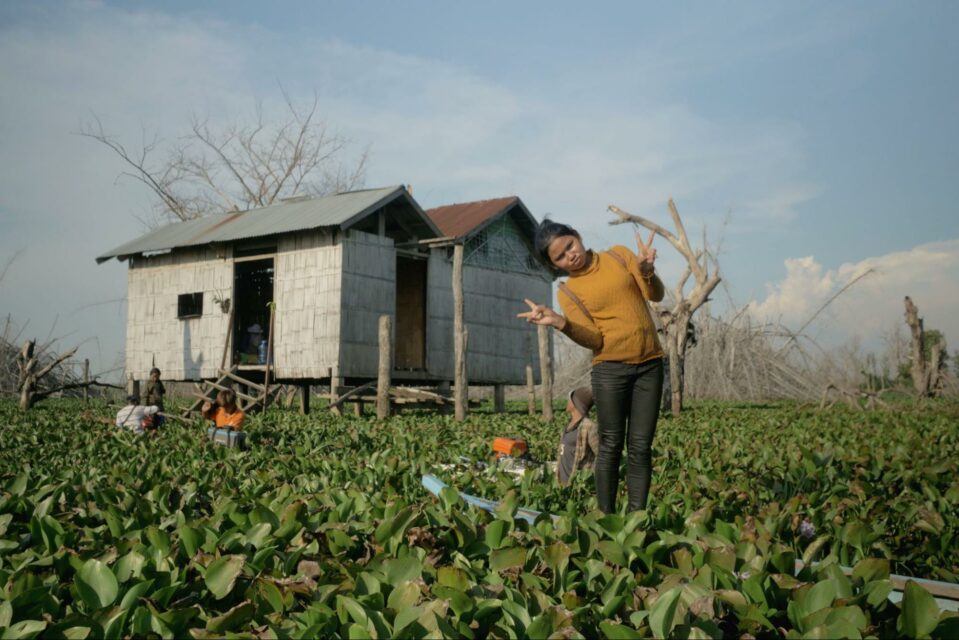
The film does not portray or even mention the yearslong fight the villagers had with the government, but rather shows their ancestral village as it is today: a few abandoned structures and trees jutting out of a surreally still lake. The dam itself is only shown very briefly.
“It’s not about the dam,” said the film’s director, Polen Ly. He said he did not want the audience to focus too much on the environmental or economic implications of the dam itself, but rather on the mental health of individuals relocated from ancestral homes.
When he first came to the village as a translator for an independent French documentary, he explained, the residents were able to get almost everything they needed from the land and river around them. Now, many of the young people have had to get grueling jobs on nearby rubber and cashew plantations or in the cities in order to get money to buy the things they need to survive. While Ly has been working on a documentary about their struggle, which he describes as more directly political than this film, he made this short film to capture the human impact of this transition.
“There are things I can express better with fiction than with a documentary,” he said. The actors in the film are actual former residents of old Kbal Romeas, and there was no casting process. “When you’re in a village for so long, you know who you want.”
Filming took place in May last year, on location, over the course of 10 days. Filming in a flooded forest presented difficulties, as it took over two hours to get the three boats holding cast and crew from the relocation village to the remnants of their ancestral home, and at one point one boat started to sink and had to be repaired on the water. Brief shots of the dam were taken by Ly when he entered the construction site without permission. After being caught by the police, he was forced to delete footage.
These logistical difficulties were compounded by the Covid-19 lockdowns. Originally, the film was supposed to utilize trained crew members from Phnom Penh, but due to the lockdowns they were unable to leave the city. Ly spent two days training some of the young people from the village to work as a film crew, and he had to operate the camera himself. He laughed and recalled that his Bunong crew, used to a communal lifestyle and unfamiliar with the hierarchy of a traditional film set, would tease him if he didn’t equally help haul equipment with them, something he said he enjoyed but would never see on a set in Phnom Penh.
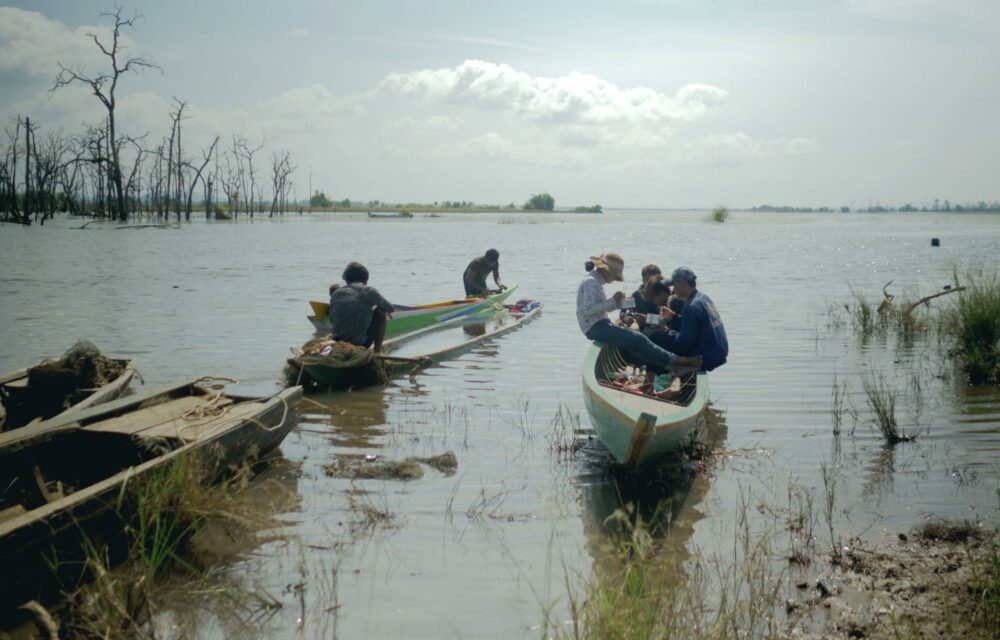
Bopha Oul’s award winning performance was deeply rooted in her own personal experience with the issue. An emotional scene where her character goes back to her flooded home was filmed in a house that in reality belonged to her neighbor. From there she could see her own former home, but it was too decayed to film in safely.
“The village that we used to live in was so happy. With trees, delicious vegetables for eating, organic fruits for eating,” she said. “But, when it flooded like this, it all died. … Whenever I talk or think about this, I still don’t believe that my life would be like this.”
She said that when she first took the role, her parents expressed skepticism, as they did not expect that she would know how to act. While she struggled at first and had to learn lots of new things, she said that the director helped her grow as an actress.
“He taught me to see new things, to think about new things,” she said. When she got the call that she had won an international award, her parents cheered loudly and celebrated her, and even told her that she should do more acting if presented the opportunity.
She said she would love to pursue acting further, if she could tell the stories of indigenous people, but expressed distaste at the idea of doing “ghost films.”
Ly felt that this film was close to his heart as well, having himself grown up until the age of 18 in a fishing and agricultural community whose way of life was overturned by Cambodia’s rapid development.
Ly does not expect many local people to see this film, saying that a slow-burning, ponderous piece does not match current Cambodian tastes, which he described as preferring grander, more action-packed narratives with clear good guys and bad guys. Still, he hopes that both locals and foreigners alike will see this film.
“I hope they take it in a nonjudgmental way. I am not an artist pointing a finger at the government or at the company, but people need to see what is going on.”
The film will be screened with Khmer and English subtitles at the French Institute on Friday, December 16 at 10 a.m., 12:30 p.m., and 2 p.m., the last with a director Q&A. The director will also do a screening and Q&A at Bophana Center at 5:30 p.m. on Sunday, December 18. Another screening with the director and the actors will take place on Monday, December 19 at Aeon 1’s Major Cineplex at 5:30 p.m.







